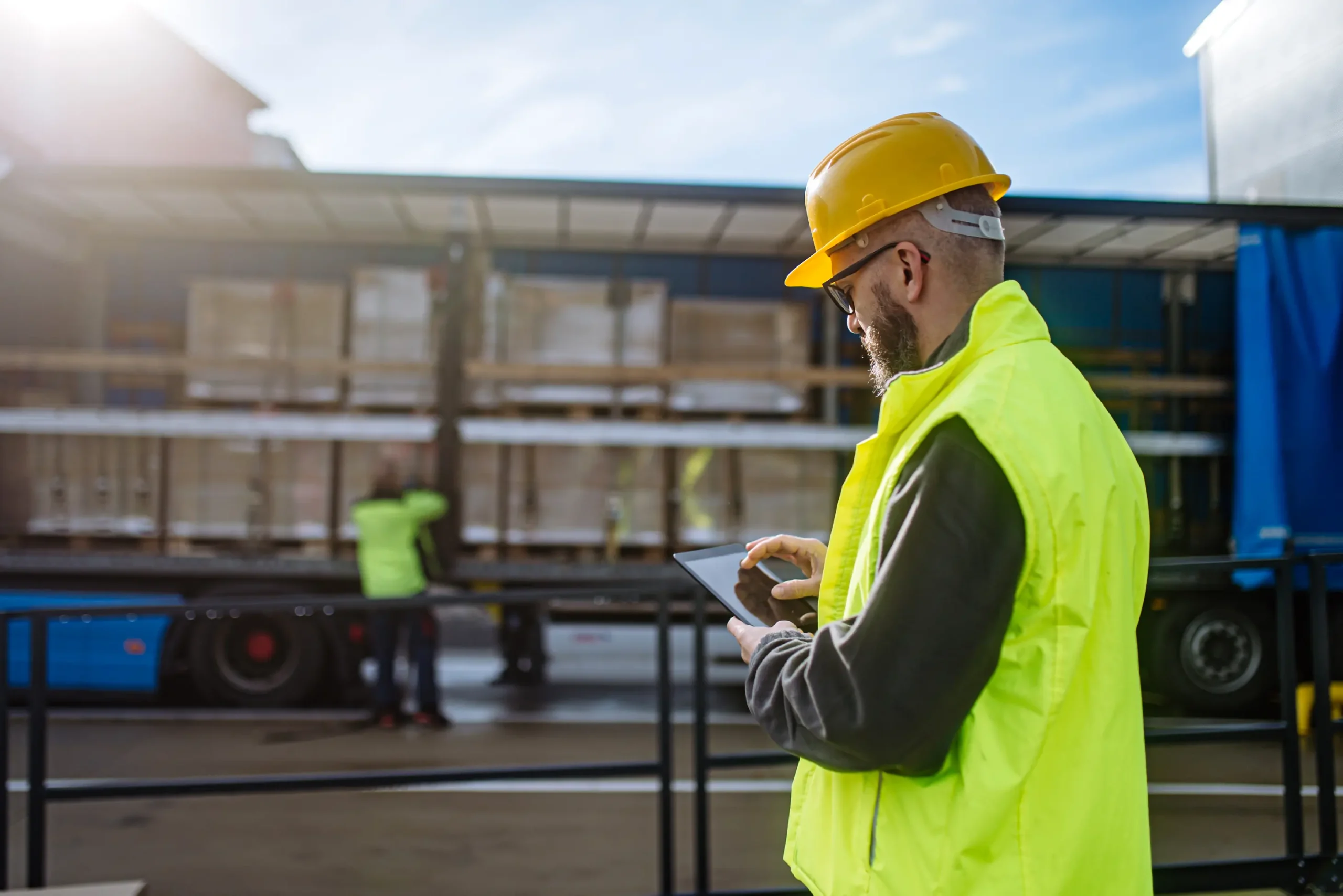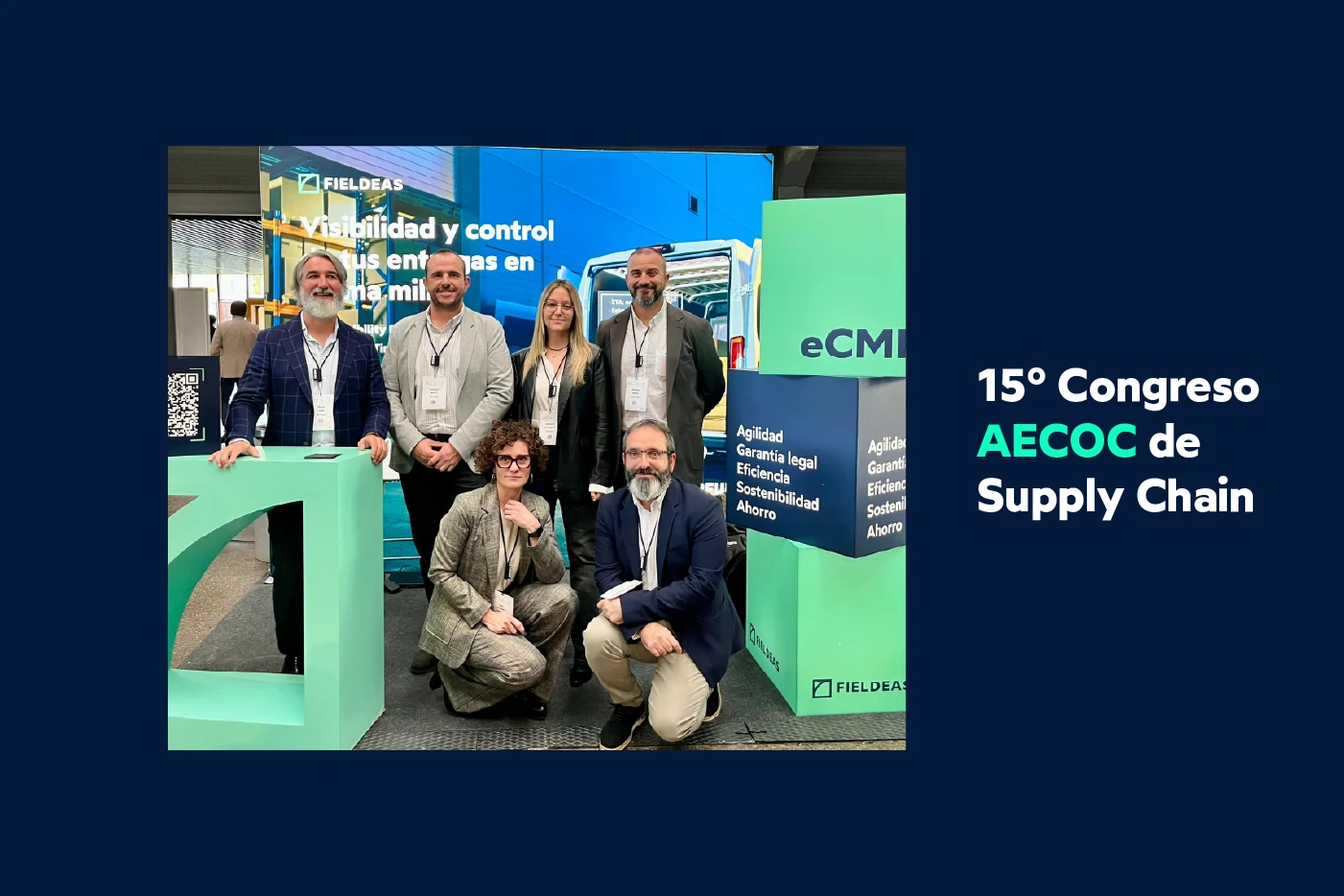Digitalization, a driving force for an efficient and sustainable Urban Distribution of Goods (UDG)


Urban Distribution of Goods (UDG) is a key factor in the economic development, quality of life and sustainability of cities.
However, despite its steady and unstoppable growth, the UDG faces structural challenges that threaten its future viability: regulatory frameworks that are poorly aligned with operational realities, unequal access to technology, lack of infrastructure, and growing social pressure for cleaner mobility.
This reality was addressed at the 6th AECOC Smart Distribution Congress, where a clear conclusion was evident: digitalization is the most powerful tool to transform Urban Freight Distribution into a more efficient, sustainable and resilient activity.
FIELDEAS, as a sponsor of the meeting, was present at a forum that highlighted the need to legislate with knowledge, collaborate with all stakeholders and take advantage of the technological potential to anticipate, manage and improve urban logistics.
At the Congress, the “Prospects and Trends Study 2025: Challenges for companies in urban distribution of goods” was presented , where the main barriers to the development of UDG were analyzed, as well as its future prospects.
Seventy-one percent of companies claim to have increased their urban transportation needs due to increased consumer demand and immediacy.
However, this growth is constrained by an increasingly complex environment:
One of the main weaknesses identified in the study is the relationship between the private sector and the public administration.
Only 8% of companies rate their relationship with public administrations positively. However, the success of the DUM depends on strengthening this relationship in three areas:
In the current urban scenario, the home delivery model shows signs of exhaustion: traffic saturation, rising costs and high environmental impact.
During the Congress it became evident that Out of Home (OOH) models, such as collection points or lockers, are not only more efficient and sustainable, but also better valued by consumers:
In short, the sustainable growth of the DUM requires the application of digitization solutions that make it possible to obtain data that can be used to provide a realistic analysis of the situation in each city.
The aim is to be able to implement actions that boost urban distribution of goods while protecting the environment and reducing congestion in cities.
However, the study conducted by AECOC highlights the lack of digital maturity of companies and municipalities around DUM.
One of the most repeated ideas at the Congress was the need to diagnose before regulating in cities.
However, the municipalities themselves recognize that reliable information and adequate decision-making tools are not always available.
Digitization, in this context, is the way to:
The proper management and development of Urban Freight Distribution is one of the main challenges for cities.
As cities grow, so do logistical needs and, consequently, regulations and social demands.
The way to balance all these factors is to bet on an intelligent, adapted and transversal digitalization.
Thus, the FIELDEAS Track and Trace Supply Chain Visibility platform provides urban freight distribution companies with complete visibility and traceability of the entire transport process, both inside and outside cities.
The FIELDEAS Track and Trace route management and optimization module is presented as a key tool to improve operational efficiency in UGD.
Thanks to its ability to generate intelligent routes in real time, adapted to access restrictions, time windows and traffic conditions in each city, it allows companies to reduce delivery times, minimize kilometers traveled and optimize the use of resources.
This optimization not only increases productivity and reduces logistics costs, but also contributes to reducing environmental impact, making it a strategic ally in moving towards a more sustainable and efficient DUM that is aligned with new regulatory requirements.


07 Nov 2025
Measuring to improve: why your digital form needs KPIs
In the current business scenario, where efficiency and traceability are key to competitiveness, the digital form has become an essential resource for capturing, organizing and analyzing data in real time….

04 Nov 2025
How to integrate eCMR into your company: A step-by-step guide to digitizing transportation
We have already talked several times in this blog about the importance of starting the digital transformation of transportation with document digitalization or eCMR. On this occasion, we are going…

31 Oct 2025
How digital forms drive sustainability in industry
Digital forms have gone from being a simple operational tool to become an essential component of industrial sustainability strategies. Beyond replacing paper, its use transforms the way organizations collect, manage…

29 Oct 2025
Supply chain challenges and the key role of digitization
The 15th edition of the AECOC Supply Chain Congress brought to the table the main challenges facing the supply chain in an uncertain, volatile and highly competitive environment. Under the…